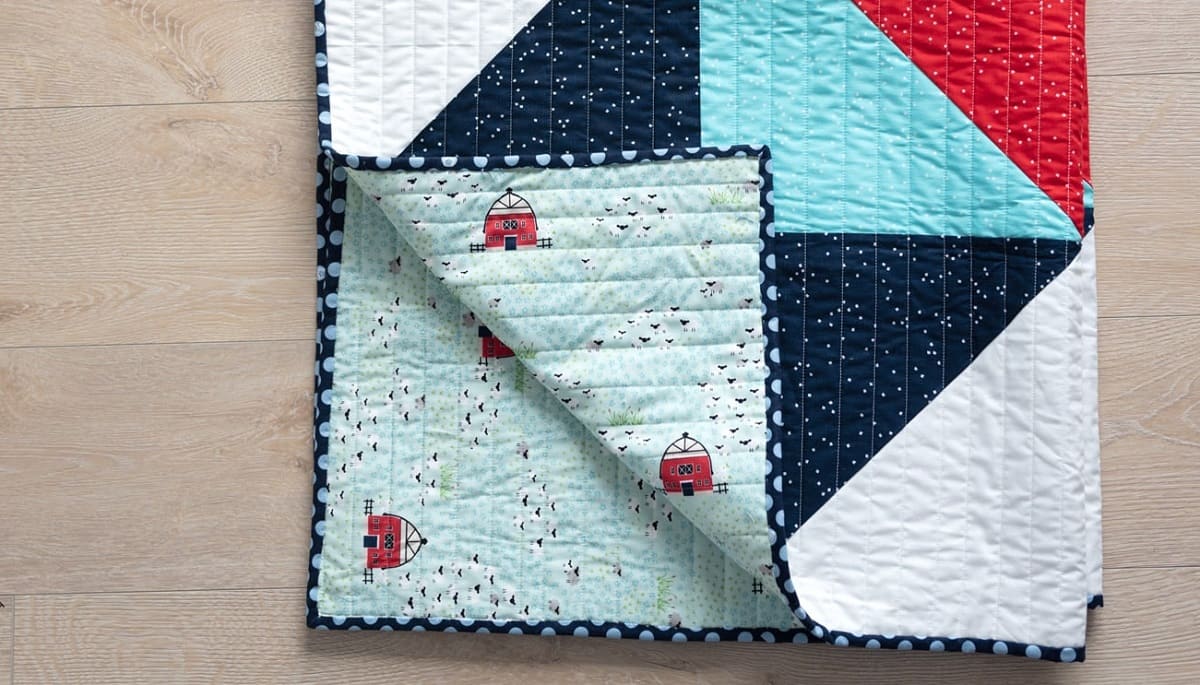

Articles
When Was The First Quilt Made
Modified: January 18, 2024
Discover the fascinating history of quilts and explore when the first quilt was made. Read our informative articles on the origins and evolution of this timeless art form.
(Many of the links in this article redirect to a specific reviewed product. Your purchase of these products through affiliate links helps to generate commission for Storables.com, at no extra cost. Learn more)
Introduction
Quilting is a time-honored art form that has been practiced for centuries, creating beautiful and functional textiles that have adorned beds, walls, and even been passed down through generations. The art of quilting involves stitching together layers of fabric to create a larger whole, often with intricate patterns and designs that showcase the skill and creativity of the quilter.
But when exactly was the first quilt made? The history of quilting is shrouded in mystery, with evidence dating back thousands of years. In this article, we will explore the origins of quilting, examine early evidence of quilted textiles, and trace the evolution of quilting through history to uncover the fascinating story of the first known quilt.
Quilting has been practiced by cultures all around the world, making it difficult to pinpoint its exact origins. However, many historians believe that quilting can be traced back to ancient civilizations in Egypt, China, and India. These early civilizations recognized the practicality of quilts, using them for warmth, comfort, and decoration.
Early evidence of quilted textiles can be found in ancient Egyptian tombs, where fragments of quilted fabric have been discovered. The intricate stitching and patterns found on these fragments suggest that quilting was already a highly skilled and respected craft at that time. The Egyptians also used quilts as burial shrouds, further indicating the importance and cultural significance of quilting.
In China, quilting can be traced back to the Han Dynasty (206 BC – 220 AD), where quilted garments were worn by the elite as a symbol of wealth and status. These early Chinese quilts were often made from silk and embellished with elaborate embroidery.
Similarly, in India, quilting has a long history, with evidence of quilted textiles dating back to the Indus Valley Civilization (3300 – 1300 BC). Quilts were commonly used as bedding and were often made from cotton or silk.
As quilting techniques spread across different regions and cultures, they evolved and adapted to local traditions and materials. In medieval Europe, quilting became particularly popular during the Renaissance period, with quilts being used as a luxurious form of bedding for the nobility. Intricate designs, often inspired by nature and mythology, were created using a technique known as appliqué.
It wasn’t until the 18th century in America that quilting truly became widespread and ingrained in the culture. American settlers brought their quilting traditions with them, and quilts became a vital part of everyday life. Quilting bees, where women would gather to work on quilts together, became a social event and a way to showcase their creativity and skill.
While the origins of quilting are fascinating, the first known quilt remains a subject of debate among historians. In the next section, we will delve deeper into the search for the first quilt, examining the clues and evidence left behind.
Key Takeaways:
- Quilting has a rich and diverse history, originating in ancient civilizations such as Egypt, China, and India. The first known quilt remains a mystery, but its impact on cultural preservation and artistic expression is undeniable.
- The first quilt’s significance extends beyond its historical value, influencing the development of quilting as an art form and fostering communities of creativity and activism. Quilting continues to thrive, connecting individuals across cultures and generations.
Read more: When Was Glass First Made
Origins of quilting
Quilting is believed to have originated thousands of years ago, with evidence of its practice found in ancient cultures around the world. While it is challenging to determine the exact origins of quilting, historians have traced its roots back to ancient civilizations in Egypt, China, and India.
In ancient Egypt, quilting was a highly skilled craft that played a significant role in the culture. The Egyptians were known for their advancements in textile production, and evidence of quilted textiles can be found in the tombs of pharaohs and other high-ranking individuals. These fragments of quilted fabric showcase intricate stitching and elaborate designs, revealing the expertise and artistry of the ancient Egyptian quilters.
In China, quilting can be traced back to the Han Dynasty (206 BC – 220 AD). Quilted garments were worn by the elite as a symbol of wealth and status. These early Chinese quilts were often made from silk, and the quilting patterns were inspired by nature, mythological stories, and symbols of good fortune. Quilting in China was not only a practical craft but also an art form, with skilled quilters creating beautifully embellished quilts using techniques such as appliqué and embroidery.
Similarly, in India, quilting has a long history that can be traced back to the Indus Valley Civilization (3300 – 1300 BC). Quilts were an integral part of Indian culture and were used as bedding and decorative pieces. The early Indian quilts, known as “razai” or “kantha,” were often made from cotton or silk and featured intricate quilting stitches and vibrant colors. Quilts in India were not only functional but also had cultural and religious significance, with some quilts being used in ceremonial rituals.
As quilting techniques spread across different regions and cultures, they continued to evolve and adapt to the local traditions and available materials. In medieval Europe, quilting gained popularity during the Renaissance period. Quilts were luxurious and highly prized possessions, often adorned with intricate appliqué designs. These quilts were made for the nobility and showcased the wealth and status of their owners.
With the settlement of Europeans in America, quilting became an essential part of everyday life. The American settlers brought their quilting traditions with them, and quilts became not only functional but also a form of creative expression. Quilting bees emerged as social events where women would gather to work on quilts together, sharing stories, knowledge, and skills.
Today, quilting continues to be a cherished craft practiced around the world. It has evolved to include a range of styles and techniques, from traditional patchwork quilts to modern art quilts. Quilting has also become a means of preserving cultural heritage and personal stories, as quilters incorporate symbols, motifs, and fabrics that hold special meaning.
Understanding the origins of quilting gives us a glimpse into the rich history and cultural significance of this timeless craft. As we explore the first known quilt in the next section, we will unravel the mysteries surrounding its creation and the impact it has had on the world of quilting.
Early Evidence of Quilted Textiles
Quilting is an ancient art form that has left behind traces of its existence in various cultures throughout history. The earliest evidence of quilted textiles can be found in ancient civilizations, providing us with insights into the origins and development of quilting techniques.
One of the earliest known examples of quilted textiles comes from ancient Egypt. Fragments of quilted fabric have been discovered in Egyptian tombs dating back as far as 3400 BCE. These fragments showcase intricate stitching and sophisticated designs, indicating the advanced quilting skills of the ancient Egyptians. It is believed that these quilted fabrics were not only used for decorative purposes but also served as burial shrouds for the deceased.
In addition to Egypt, evidence of quilted textiles can also be found in ancient China. During the Han Dynasty (206 BCE – 220 CE), quilted garments were worn by the elite class as a symbol of status and wealth. These early Chinese quilts were often made from silk and featured detailed embroidery work. Quilting in China was not only a practical craft but also a form of artistic expression, with intricate patterns and motifs decorating the fabric.
The art of quilting also thrived in ancient India. The Indus Valley Civilization (3300 – 1300 BCE) is known for its rich textile traditions, including quilting. Quilts, known as “kanthas,” were made by layering old and discarded garments and stitching them together with colorful threads. These kanthas were not only used as blankets but also had cultural and religious significance, often being used in ceremonies and festivities.
Quilted textiles have also been found in various other ancient civilizations, including the Persian Empire, the Pre-Columbian cultures of the Americas, and the Celtic tribes of Europe. Each culture brought its unique style and techniques to the art of quilting, resulting in a diverse range of quilted textiles.
The early evidence of quilted textiles highlights the universality of this art form and its significance across different cultures and time periods. Quilting served both practical and decorative purposes, providing warmth, comfort, and beauty to those who used and admired these textiles.
As we delve deeper into the history of quilting, we will explore the techniques and materials used in ancient quilts, shedding light on the evolution of this art form over time.
Ancient Quilting Techniques
Quilting is an ancient craft that has evolved and adapted over time. The techniques used by ancient cultures to create quilts display their ingenuity and creativity with textiles. From the precise stitching of ancient Egyptian quilts to the intricate embroidery of Chinese quilts, let’s explore some of the ancient quilting techniques that have shaped the art form.
Ancient Egyptian quilting was characterized by its meticulous stitching and attention to detail. Quilters in ancient Egypt used a technique known as “trapunto,” which involved adding extra layers of padding underneath the fabric to create a raised effect. This technique not only added visual interest to the quilt but also provided extra insulation and comfort.
In ancient China, quilting was elevated to a highly skilled art form. Chinese quilters often employed the technique of “appliqué,” where pieces of fabric were cut into intricate shapes and then meticulously hand-sewn onto a base fabric. This allowed quilters to create beautiful and elaborate designs, often inspired by nature, mythology, and symbols of good fortune. The use of silk fabrics and delicate embroidery further enhanced the visual appeal of Chinese quilts.
Meanwhile, in ancient India, the technique of “kantha” quilting was prevalent. Kantha quilts were made by layering old clothes or discarded fabric and then stitching them together using a running stitch. This stitch not only held the layers together but also created intricate patterns and motifs on the fabric. Kantha quilts often featured geometric designs, floral motifs, and scenes from everyday life, showcasing the creativity and storytelling ability of Indian quilters.
Another widespread ancient quilting technique was “patchwork,” which involved sewing together small fabric pieces to create a larger design. Patchwork quilting was practiced across various ancient cultures, including the Romans, Persians, and Native American tribes. These quilts showcased an array of colors and patterns, with each fabric piece carefully selected and arranged to create visually appealing compositions.
It’s important to note that the tools and technology used by ancient quilters were rudimentary compared to modern quilting techniques. Needles made of bone or metal, combined with simple thread and thimbles, allowed quilters to sew their intricate designs by hand. The absence of sewing machines meant that every stitch was carefully placed, showcasing the quilter’s dedication and skill.
As we marvel at the ancient quilting techniques, it is clear that these early quilters laid the foundation for the art form we know today. Their innovation and creativity continue to inspire generations of modern quilters, who build upon these ancient techniques while introducing new materials and methods.
In the next section, we will explore the evolution of quilting throughout history, examining how quilting has transformed from a purely practical craft to a celebrated art form.
Evolution of Quilting Through History
Throughout history, quilting has evolved from a purely functional craft to a celebrated art form. The techniques, materials, and styles of quilting have transformed as they have been passed down through generations and across cultures. Let’s explore the fascinating evolution of quilting through different time periods and regions.
In ancient times, quilting served practical purposes, providing warmth and comfort in various cultures. The early quilts were often made from layers of fabric stitched together, with patterns and designs emerging as techniques progressed. As civilizations advanced, quilting began to incorporate more intricate stitching, decorative embellishments, and symbolism.
During the medieval period in Europe, quilting saw a significant shift. Quilts became a symbol of wealth and status, with nobility commissioning highly ornate and elaborate quilts. These quilts featured detailed appliqué work, embroidery, and rich fabrics such as silk and velvet. The designs often incorporated religious symbolism, heraldic motifs, and intricate patterns inspired by nature, mythology, and the era’s aesthetic sensibilities.
In America, quilting gained prominence during the Colonial period, with settlers bringing their quilting traditions from Europe. Quilts were not only practical necessities but also offered a means of creative expression and storytelling. Quilting bees became popular social events where women would gather to stitch quilts together, fostering a sense of community and preserving cultural traditions.
As the Industrial Revolution unfolded in the 18th and 19th centuries, quilting techniques began to change. Advances in textile production and the introduction of sewing machines allowed for more efficient quilt making. This led to the rise of patchwork quilting, where small fabric pieces were cut and stitched together in geometric patterns. The availability of printed fabrics and quilt patterns allowed quilters to experiment with a wider range of designs.
The late 19th and early 20th centuries marked a significant shift in quilting styles. The emergence of the Arts and Crafts movement, as well as the influence of the Art Nouveau and Art Deco movements, brought new aesthetics to the world of quilting. Quilts began to incorporate bolder colors, asymmetrical designs, and innovative quilting techniques.
Quilting entered a new era of resurgence and innovation during the 1970s and beyond. Traditional quilt-making techniques continued to be treasured and preserved, while new styles and approaches emerged. From modern art quilts that pushed the boundaries of traditional quilt design to improvisational quilting that embraced spontaneity and creativity, quilting transformed into a diverse and dynamic art form.
Today, quilting has transcended traditional boundaries, with quilters exploring various techniques, styles, and materials. From machine quilting to hand appliqué, from traditional patchwork to contemporary thread painting, quilters continue to push the boundaries of what is possible with fabric and thread.
The evolution of quilting through history reflects not only the changing aesthetics and techniques but also the social, cultural, and artistic influences of each era. As we continue to embrace the art of quilting, we honor the rich legacy left behind by quilters who have come before us.
In the next section, we will uncover the origins of the first known quilt and unravel the mysteries surrounding its creation.
The first known quilt was made around 3400 BC in ancient Egypt. Quilting has a rich history and has been used for both practical and decorative purposes.
Read more: When Was The First Air Conditioner Made
The First Known Quilt: Uncovering the Origins
The quest to identify the first known quilt is a fascinating journey that takes us back in time to unravel the mysteries surrounding its creation. While the exact origins of quilting remain elusive, historians and textile experts have painstakingly pieced together clues and evidence to shed light on the elusive first quilt.
The search for the first known quilt leads us to ancient Egypt, where fragments of quilted fabric have been discovered in tombs dating back to 3400 BCE. These fragments exhibit intricate stitching and elaborate patterns, indicating a highly skilled and advanced quilting technique. While it is uncertain if these fragments were part of a larger quilt or simply decorative textiles, they offer valuable insights into the early practice of quilting.
Ancient China also holds a significant place in the history of quilting, with evidence of quilted garments dating back to the Han Dynasty (206 BCE – 220 CE). These early Chinese quilts, often made of silk and adorned with exquisite embroidery, reflect the cultural importance and artistic value placed on quilting during this time. While no specific quilt has been identified as the first, the existence of quilted garments suggests that quilting was well-established in Chinese society.
Turning our attention to India, the ancient tradition of kantha quilting provides a glimpse into the origins of quilting in the region. Kantha quilts, created by stitching layers of discarded fabric together, have deep cultural significance and are adorned with intricate designs and patterns. While the search for the first kantha quilt remains inconclusive, these textiles demonstrate the ancient roots of quilting and its integration into everyday life.
While evidence of quilting exists in various ancient civilizations, pinpointing the first known quilt is a challenging task due to the perishable nature of textiles and the passage of time. Quilts, often made from fabric, are prone to decay, making their survival and identification in archaeological contexts a rarity.
Despite these challenges, the search for the first known quilt continues, fueled by the passion and dedication of researchers and quilting enthusiasts around the world. Through the exploration of ancient cultures, the examination of textile fragments, and the analysis of historical records, we inch closer to unraveling the secrets of the elusive first quilt.
By uncovering the origins of the first known quilt, we gain a greater understanding of the rich history and cultural significance of quilting. Quilts have been woven into the fabric of societies for centuries, providing warmth, comfort, and artistic expression. The first quilt, though still veiled in mystery, remains a testament to the ingenuity and creativity of our ancestors.
In the next section, we will delve into the intricacies of the materials and construction techniques used in the first quilt, as we strive to understand the craftsmanship and artistry behind this ancient textile.
Analyzing the Materials and Construction of the First Quilt
Unraveling the secrets of the first known quilt involves analyzing not only the materials used but also the construction techniques employed by ancient quilters. While the specific details of the first quilt remain elusive, we can glean insights from the fragments and artifacts that have survived through the ages.
In ancient Egypt, where evidence of quilted textiles has been found, the materials used in quilting were primarily natural fibers such as linen. Linen was widely available and highly regarded for its softness and durability. The fragments discovered in Egyptian tombs showcase the intricate stitching techniques employed, suggesting the use of fine threads made from plant fibers, such as flax.
Chinese quilts, known for their exceptional craftsmanship, typically incorporated silk fabric. Silk, a luxurious and highly prized material during ancient times, was favored for its sheen, vibrant colors, and smooth texture. Quilters in ancient China demonstrated their skill through meticulous embroidery techniques and exquisite appliqué work, enhancing the visual appeal of their quilts.
In India, quilts were often made using cotton or silk fabrics. Cotton, readily available in the region, provided a lightweight and breathable option for quilted textiles. Kantha quilts, created by stitching together layers of old garments, showcased the resourcefulness of ancient Indian quilters, who maximized the use of available materials.
Construction techniques varied depending on the culture and time period. In ancient Egypt, the fragments of quilted fabric suggest the use of a trapunto technique, where extra layers of padding were added to create a raised effect. This technique not only added visual interest but also provided additional insulation and comfort.
Ancient Chinese quilts often employed appliqué, where intricately cut fabric pieces were meticulously hand-sewn onto a base fabric. This technique allowed quilters to create elaborate designs and motifs, showcasing their artistic abilities.
In India, the kantha quilting technique involved the use of a simple running stitch to stitch together layers of fabric. This stitch not only served as a means of construction but also created decorative patterns and motifs on the surface of the quilt.
While the materials and construction techniques of the first known quilt may vary depending on the culture and time period, common threads can be observed. Quilters in ancient times displayed a high level of craftsmanship, attention to detail, and creativity in their work. Whether using linen in ancient Egypt, silk in China, or recycled fabrics in India, these early quilters showcased their resourcefulness and ingenuity in transforming simple materials into stunning works of art.
Though the exact details of the first quilt remain elusive, the materials and construction techniques utilized in ancient quilts provide valuable insights into the skill and artistry of these early quilters. By analyzing the surviving fragments and artifacts, we honor their legacy and appreciate the craftsmanship that has shaped the evolution of quilting throughout history.
In the next section, we will explore the significance and impact of the first quilt, examining how it has influenced the world of quilting and left a lasting legacy.
Significance and Impact of the First Quilt
The first known quilt holds immense significance in the history of quilting and its impact on the world of textiles. While the exact details of the first quilt remain shrouded in mystery, its existence represents the origins of an art form that has shaped cultures and communities for centuries.
One of the significant impacts of the first quilt is its role in preserving cultural heritage. Quilting has been deeply ingrained in the traditions of various civilizations, and the first quilt serves as a symbol of the creativity, craftsmanship, and resilience of our ancestors. Through the practice of quilting, ancient cultures expressed their stories, beliefs, and aspirations, passing down their heritage to future generations.
The art of quilting also served practical purposes, providing warmth, comfort, and protection to individuals throughout history. The first quilt, with its layered construction and careful stitching, offered insulation during cold nights and acted as a form of personal expression for those who crafted it. This practicality and functionality have carried forward to modern quilting, where quilts continue to provide comfort and beauty to homes.
The first quilt’s impact can be seen in its influence on the development of quilting as an art form. Ancient quilting techniques have laid the groundwork for future generations to build upon, incorporating new materials, designs, and styles. Quilting has evolved from mere necessity to an outlet for artistic expression and innovation, allowing quilters to experiment with colors, textures, and techniques.
The first quilt also contributed to the establishment of quilting communities and traditions. Throughout history, quilting has been a communal activity, bringing people together to share skills, stories, and camaraderie. Quilting circles, known as quilting bees, emerged as important social events where knowledge was exchanged, friendships were forged, and bonds were strengthened.
Furthermore, the first quilt’s significance extends beyond its cultural and artistic impact. Quilts have often played a role in activism and advocacy. From the Underground Railroad quilts that provided secret messages and guidance to escaping slaves, to quilted memorial panels that raise awareness about social issues, quilts have served as powerful tools to convey messages and inspire change.
Today, the legacy of the first quilt lives on through the countless quilts created by individuals around the world. Quilting remains a beloved craft, connecting people across generations and cultures. Quilts continue to represent love, care, and creativity, providing comfort and solace during challenging times.
The significance and impact of the first quilt are not confined to its historical value. It serves as a reminder of the human spirit, the power of storytelling, and the enduring nature of art. The first quilt has left an indelible mark on the world of quilting, shaping its evolution and inspiring generations to embrace this timeless craft.
As we conclude our exploration of the first quilt, we are reminded of the rich history, artistry, and cultural significance that quilting encompasses. It is a celebration of human creativity and the enduring legacy of those who came before us.
ConclusionQuilting, an ancient craft with a rich and storied history, continues to captivate and inspire us today. From the elusive origins of quilting in ancient Egypt, China, and India to the enduring legacy of the first known quilt, we have embarked on a journey through time to uncover the secrets and significance of this intricate art form.
Throughout the ages, quilting has evolved from a practical necessity to a celebrated art form. We have witnessed the ingenuity and creativity of ancient quilters as they employed various materials and construction techniques to create stunning textiles. From the meticulous stitching of ancient Egyptian quilts to the elaborate embroidery of Chinese quilts and the resourceful kantha quilts of India, these early quilters left an indelible mark on the world of textiles.
Quilting has not only provided warmth, comfort, and beauty but also served as a means of storytelling, community building, and cultural preservation. The first quilt, though elusive, plays a significant role in preserving our ancestral heritage and inspiring generations of quilters to embrace their traditions and push the boundaries of creativity.
The impact of the first quilt is evident in the establishment of quilting communities, the development of artistic expression, and the role quilts have played in activism and advocacy. From quilting bees that fostered camaraderie and knowledge sharing to intricate memorial quilts that raise awareness about social issues, quilts have become powerful symbols of expression and agents of change.
As we reflect on the mysteries and marvels of quilting, we are reminded of the enduring human spirit and the significance of preserving and cherishing our cultural heritage. Quilts embody love, care, and creativity, weaving together threads of tradition, craftsmanship, and personal stories.
Today, the world of quilting continues to thrive, encompassing a diverse range of styles, techniques, and materials. Modern quilters honor the ancient traditions while adding their unique voices to this timeless art form. The artistry, craftsmanship, and camaraderie of quilting endure, creating a tapestry that connects individuals across cultures, communities, and generations.
As we conclude our exploration of the first quilt, we are reminded of the beauty and resilience of quilting. It is a testament to the human capacity for creativity, to the power of connection and expression through fabric and thread. Whether preserving cultural heritage, providing warmth and comfort, or advocating for social change, quilts hold a special place in our hearts and homes.
So, let us celebrate the art of quilting in all its forms, acknowledging the rich history and the vibrant future it holds. Let us embrace the legacy of the first quilt and continue to stitch our stories, our dreams, and our love into the fabric of our lives.
Frequently Asked Questions about When Was The First Quilt Made
Was this page helpful?
At Storables.com, we guarantee accurate and reliable information. Our content, validated by Expert Board Contributors, is crafted following stringent Editorial Policies. We're committed to providing you with well-researched, expert-backed insights for all your informational needs.

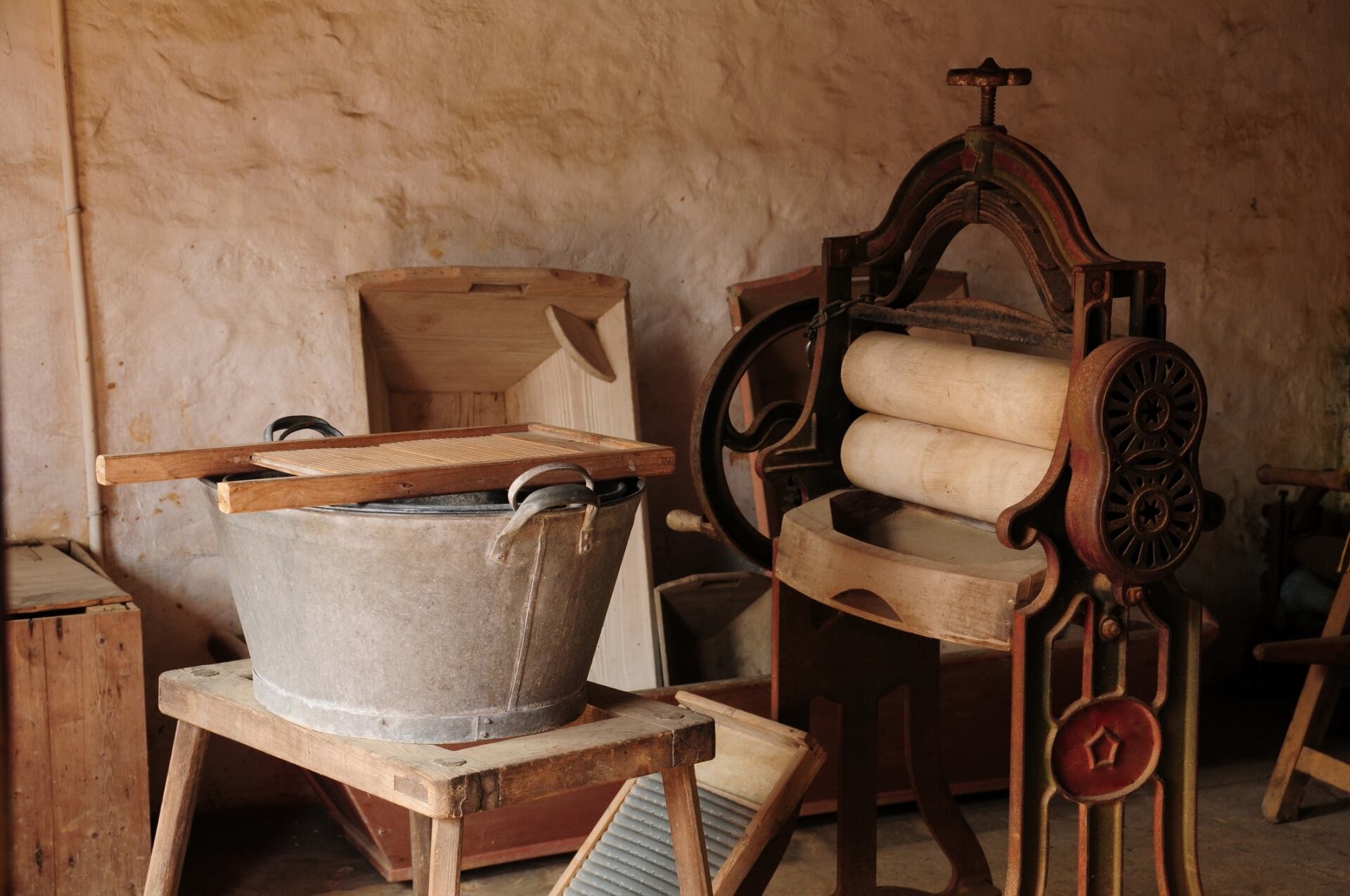
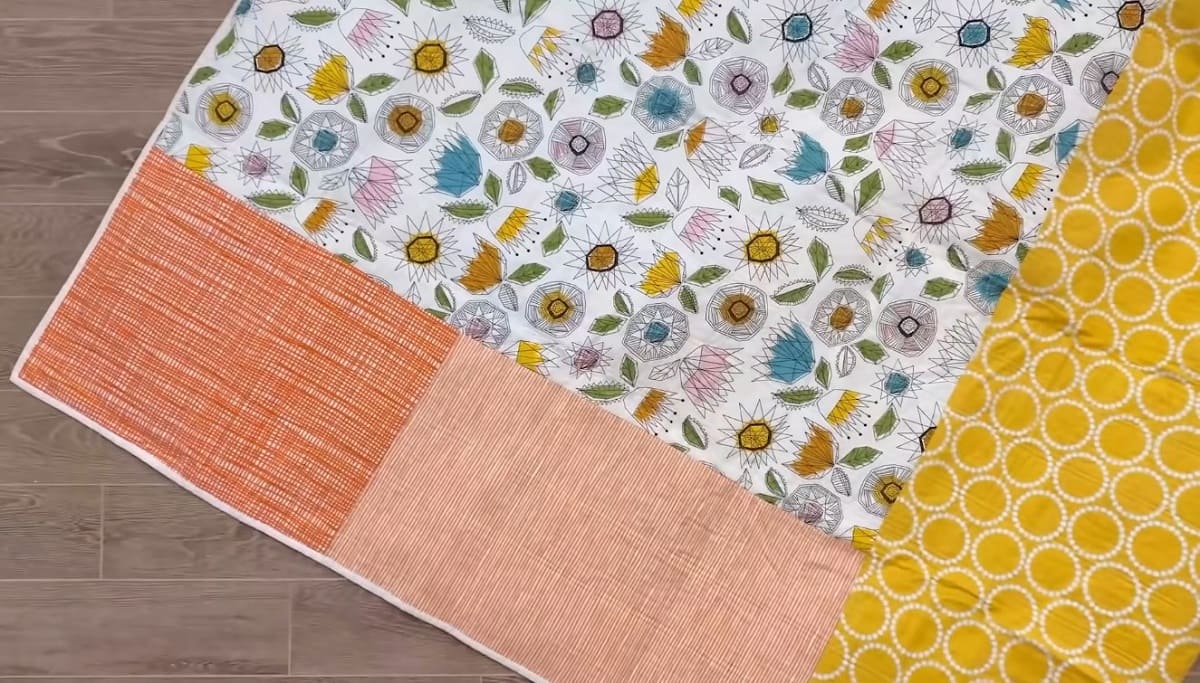


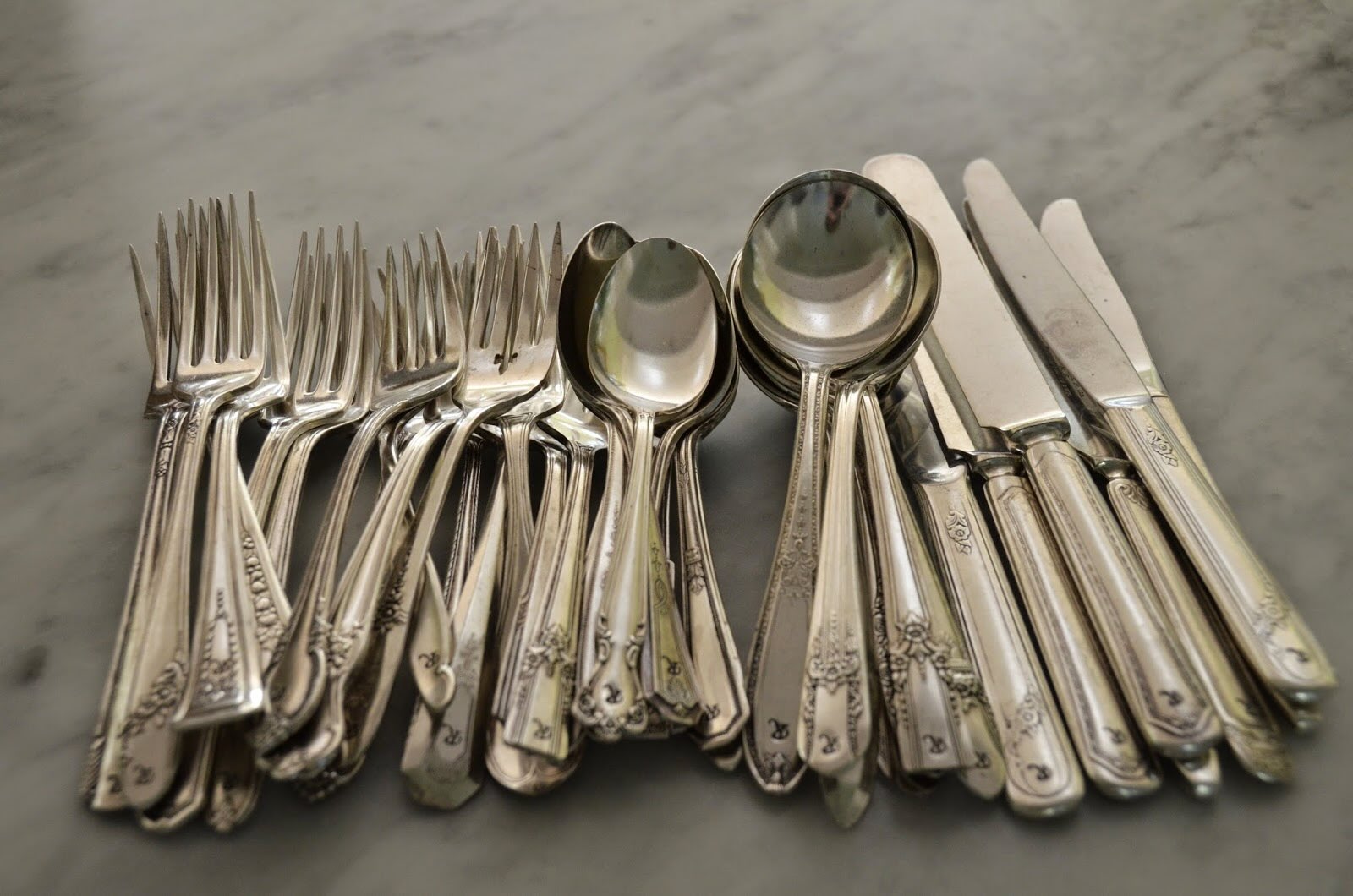

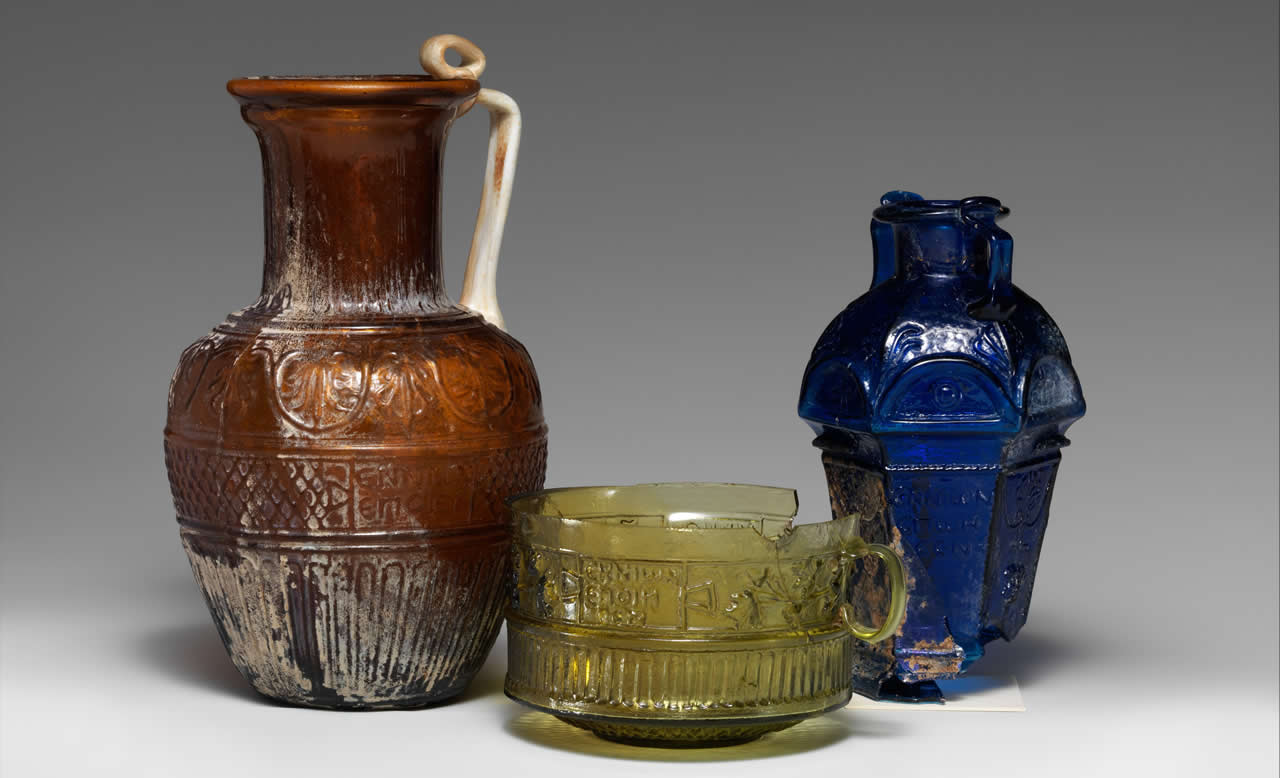




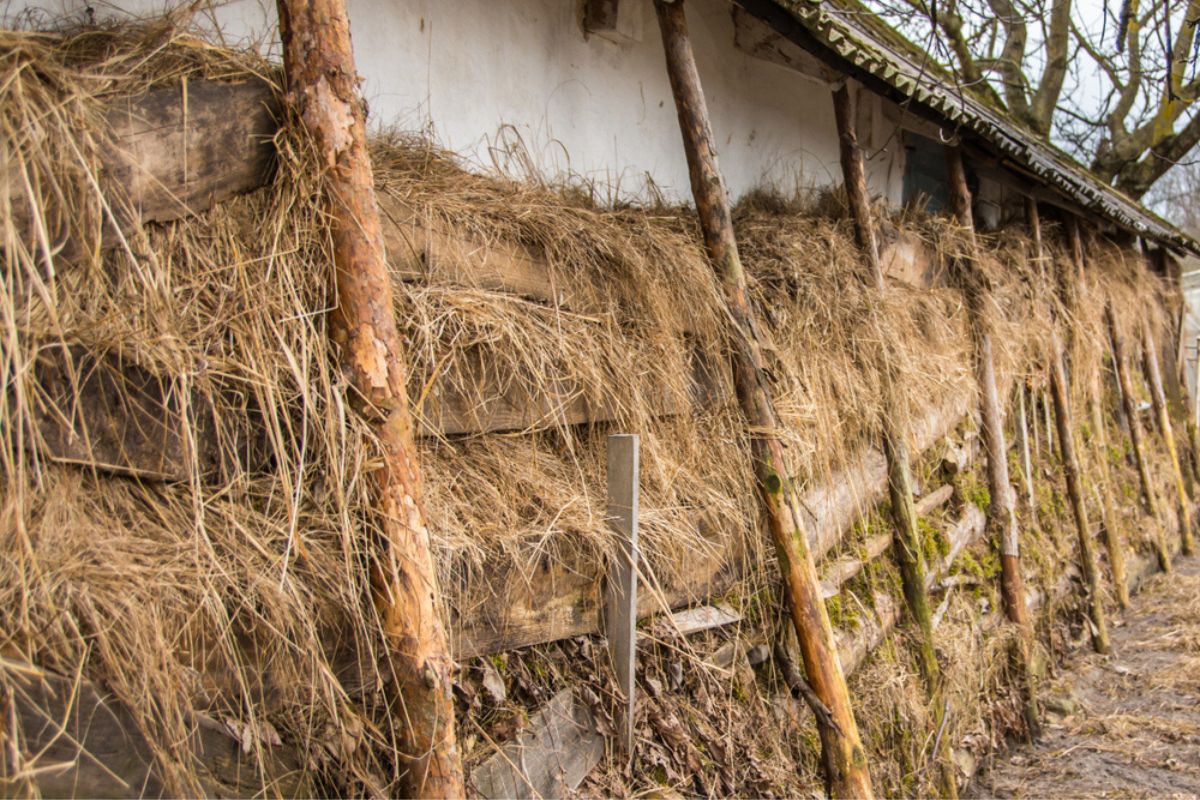


0 thoughts on “When Was The First Quilt Made”